Gingerbread City: architects sculpt London out of the season's favourite treat
Until December 29 in Chelsea, see London brought to life in a seasonal-appropriate medium by leading architects and designers
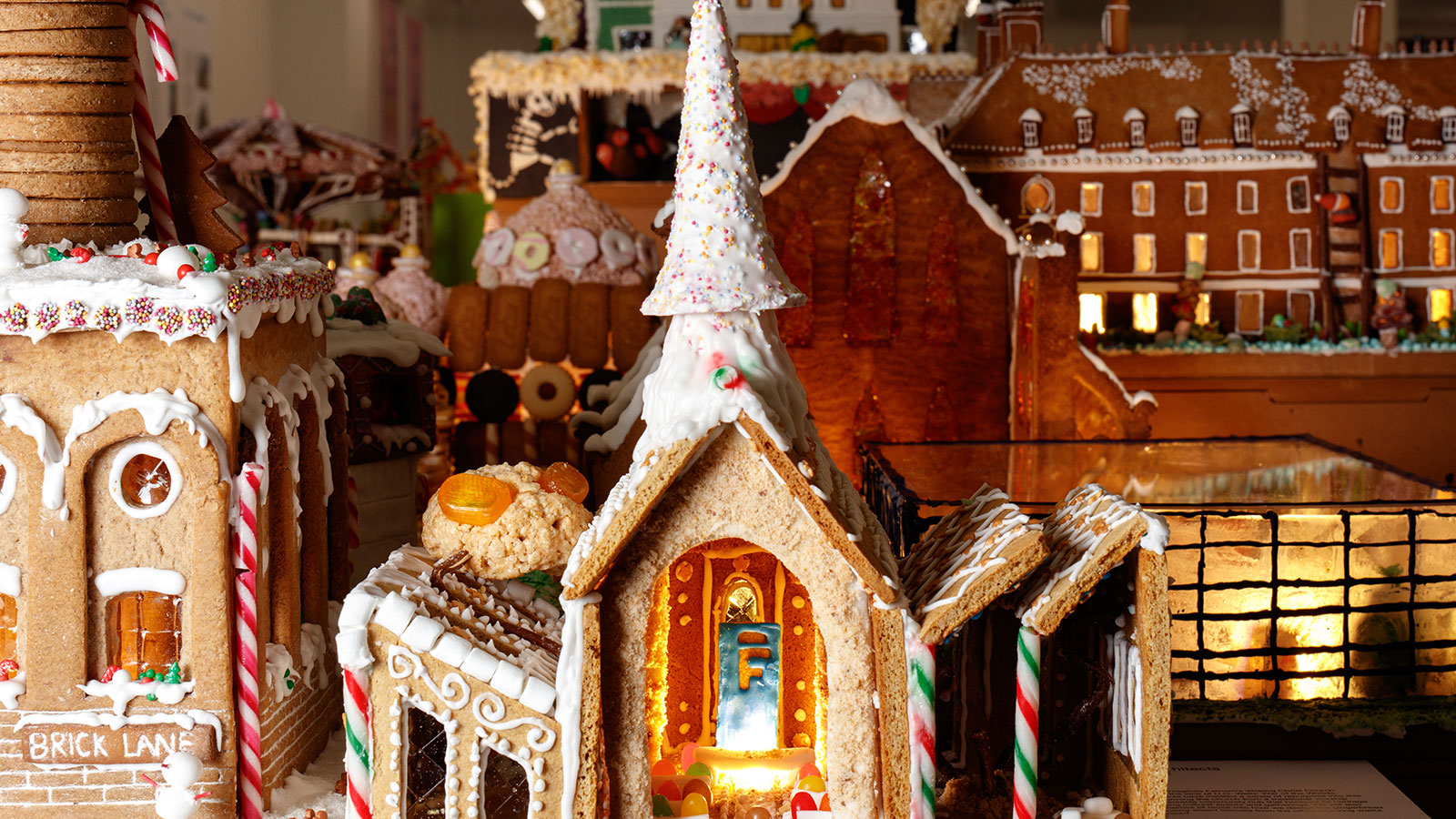
Apart from having an entire Gingerbread City to ogle, it’s been a busy year for London architecture buffs. The BT Tower began its transformation into a hotel; Battersea Power Station launched its own mini-Olympic Games, the Truman Brewery released its new conversion plans, and the Grade II-listed Smithfield Market announced its closure, prompting architects everywhere to wonder: what next?
So the studios called upon last month to render their favourite projects in the season-appropriate medium of gingerbread had a lot of inspiration. Nearly 50 of them came together at the best of London’s Museum of Architecture to contribute to its current exhibition The Gingerbread City, running at the Gaumont Building in Chelsea until 29 December. The theme? Recycled City.
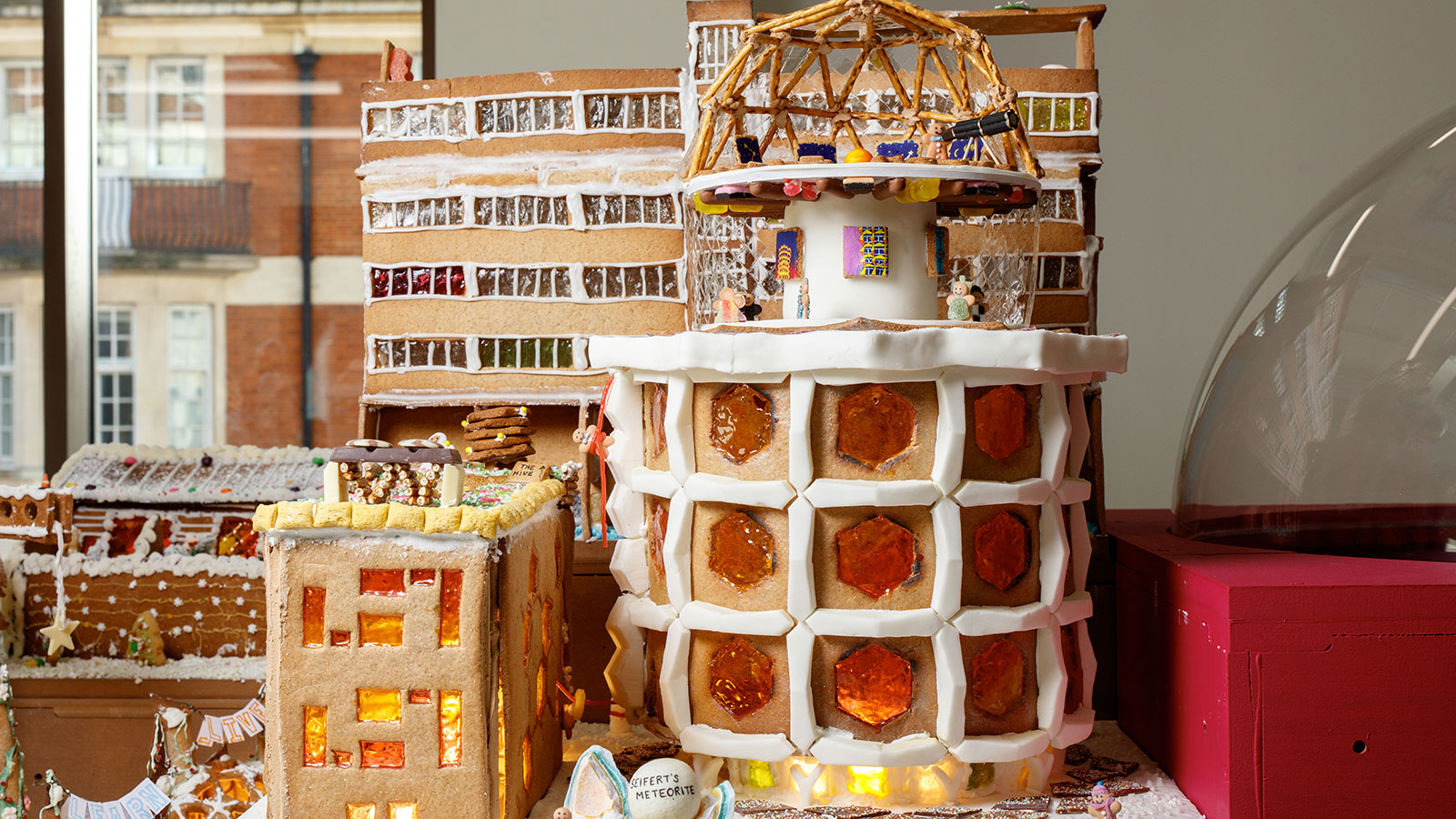
True to its mission to engage the public with the built environment and architectural innovations, the museum challenged some of the city’s most distinguished practices — including Zaha Hadid Architects, Wilkinson Eyre and Chris Dyson among them — to build an edible structure to zhuzh up topics like preservation, education and sustainability.
EPR Architects, based in South London, Manchester and Poland, built an epic construction site depicting the ruins of the Aylesbury Estate, currently in the midst of a difficult rebuild. The architects’ vision for the site, executed in Sour Patch Kids, popcorn and plenty of gingerbread slab, includes upgraded flats and an extension of the Bakerloo Tube line. East London’s Atelier Ten reimagined the Brutalist landmark Space House as a climate change monitoring facility with hard candy lighting and a pretzel observation dome.

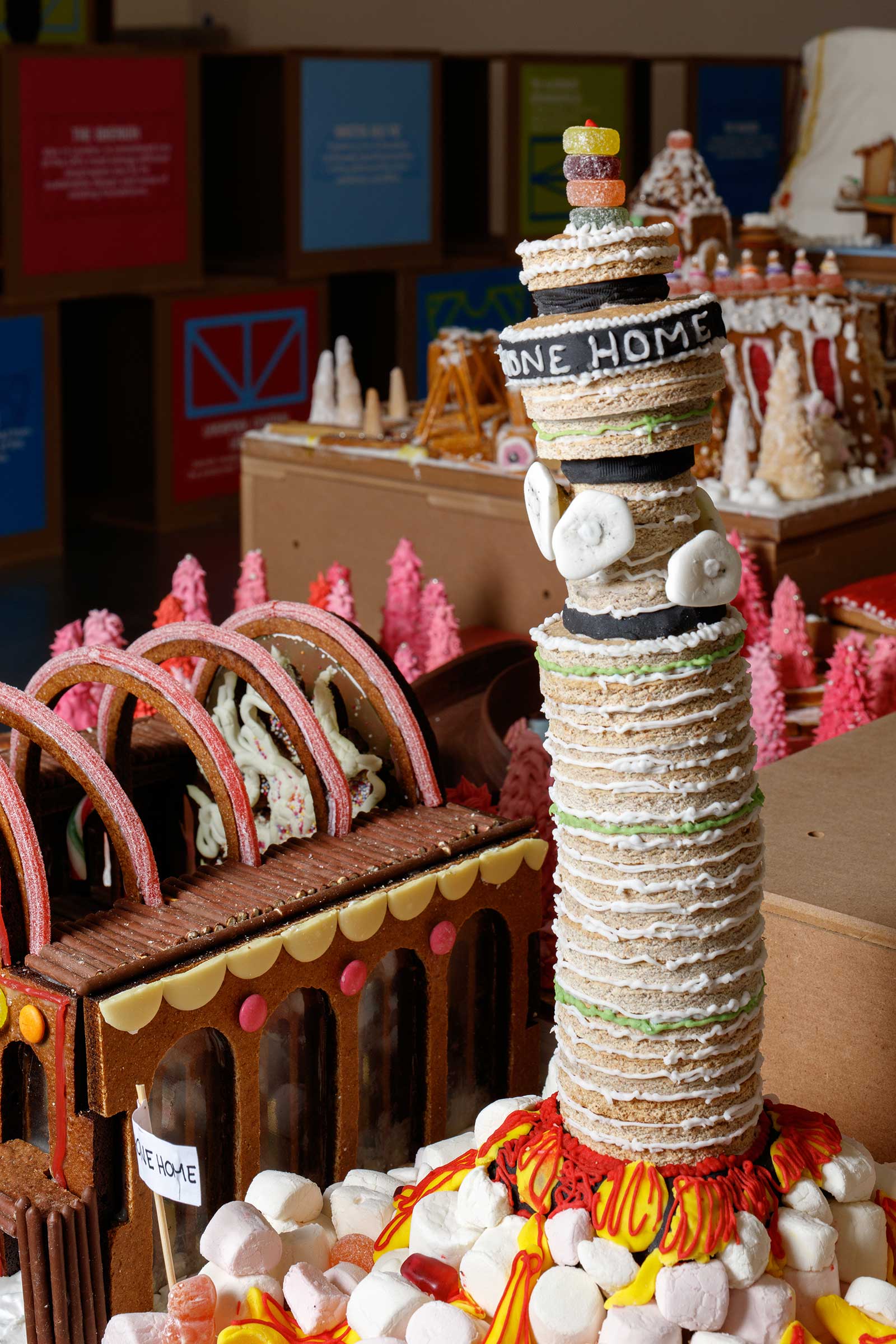
Buro Happold, a practice with eight offices across the UK, tackled the monumental Battersea Power Station with candy-cane chimneys forged from icing. Engineers from ElliottWood, a practice in London and Nottingham, drew inspiration from the firm’s expertise in material reuse by creating a 'deconstruction site' with a liquorice crane and a team of gingerbread men recording, sorting and stockpiling materials for future projects. 'Wherever possible,' its materials say, 'components like the Polo Mint columns and gingerbread walls are retained at their highest value. When that’s not feasible, these elements are recycled or reimagined into new uses—illustrating a fully circular gingerbread economy.”

'For centuries, cities like London have been transforming and converting old places and buildings into new and exciting spaces,' says Melissa Woolford, founder and director of the Museum of Architecture. 'The Gingerbread City brings together leading architects and designers to inspire us to think about sustainable design, breathing new life into our environment while preserving its heritage.'
Gingerbread City, at The Gaumont, Chelsea, 196-222 King's Rd, London SW3 5XP until December 29 2024.
Receive our daily digest of inspiration, escapism and design stories from around the world direct to your inbox.
Adult £13 / Child £8 / Concessions £11 available in advance or on the door.
Based in London, Ellen Himelfarb travels widely for her reports on architecture and design. Her words appear in The Times, The Telegraph, The World of Interiors, and The Globe and Mail in her native Canada. She has worked with Wallpaper* since 2006.
-
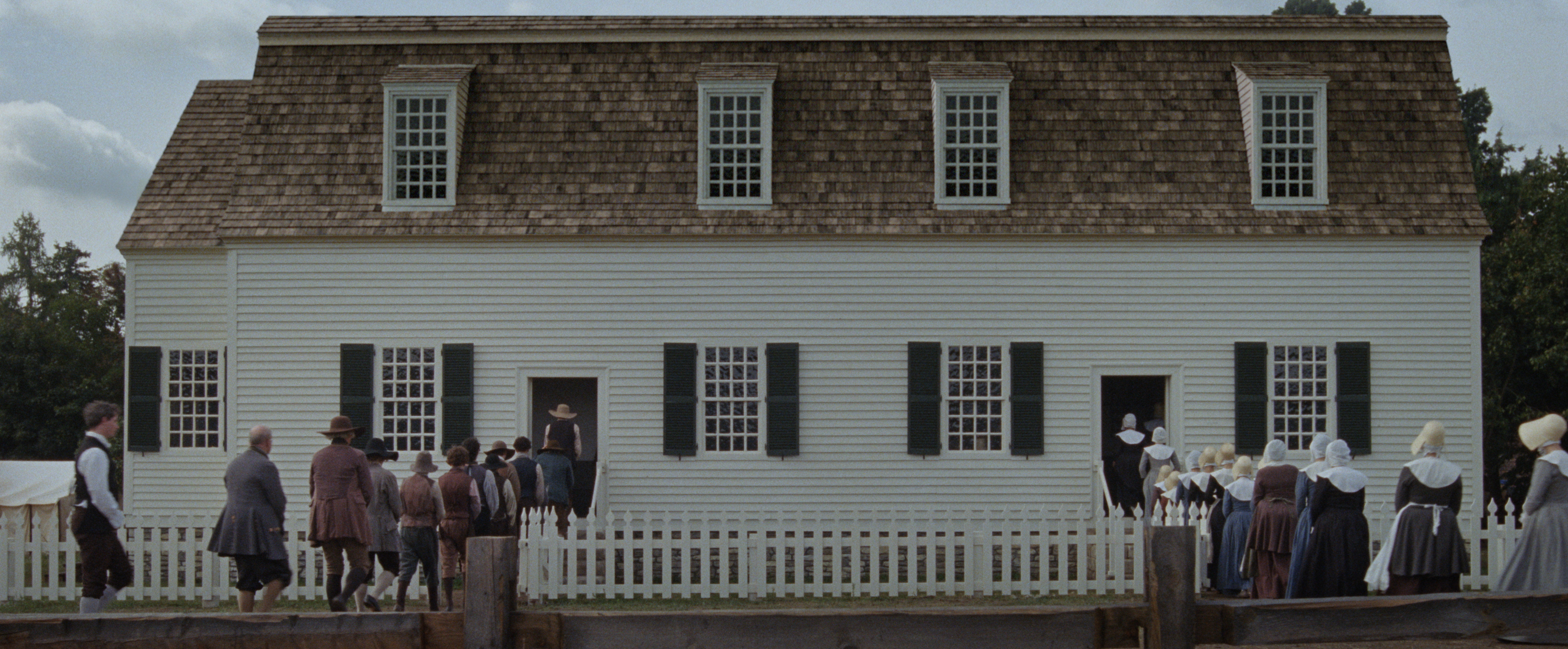 The Testament of Ann Lee brings the Shaker aesthetic to the big screen
The Testament of Ann Lee brings the Shaker aesthetic to the big screenDirected by Mona Fastvold and featuring Amanda Seyfried, The Testament of Ann Lee is a visual deep dive into Shaker culture
-
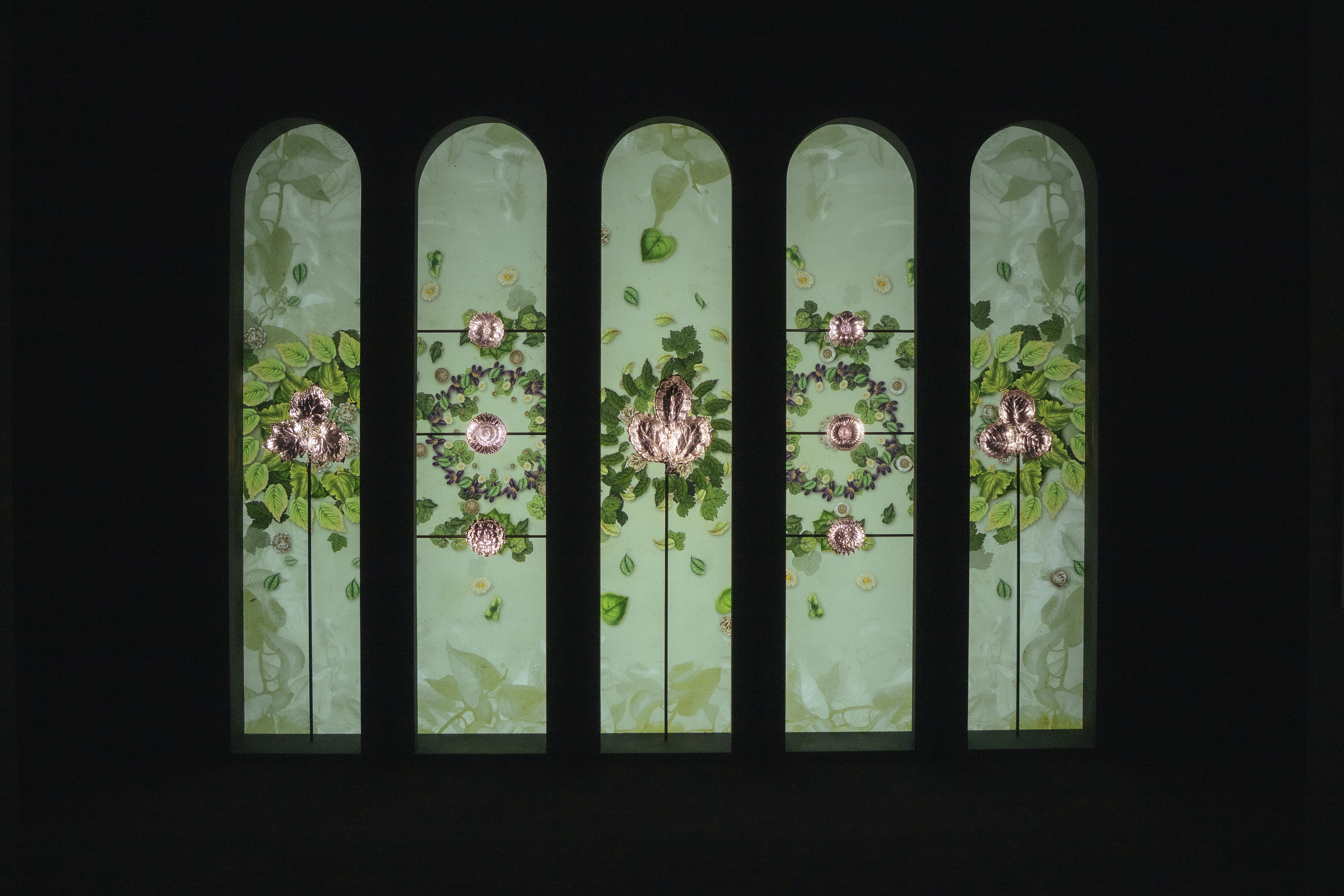 Dive into Buccellati's rich artistic heritage in Shanghai
Dive into Buccellati's rich artistic heritage in Shanghai'The Prince of Goldsmiths: Buccellati Rediscovering the Classics' exhibition takes visitors on an immersive journey through a fascinating history
-
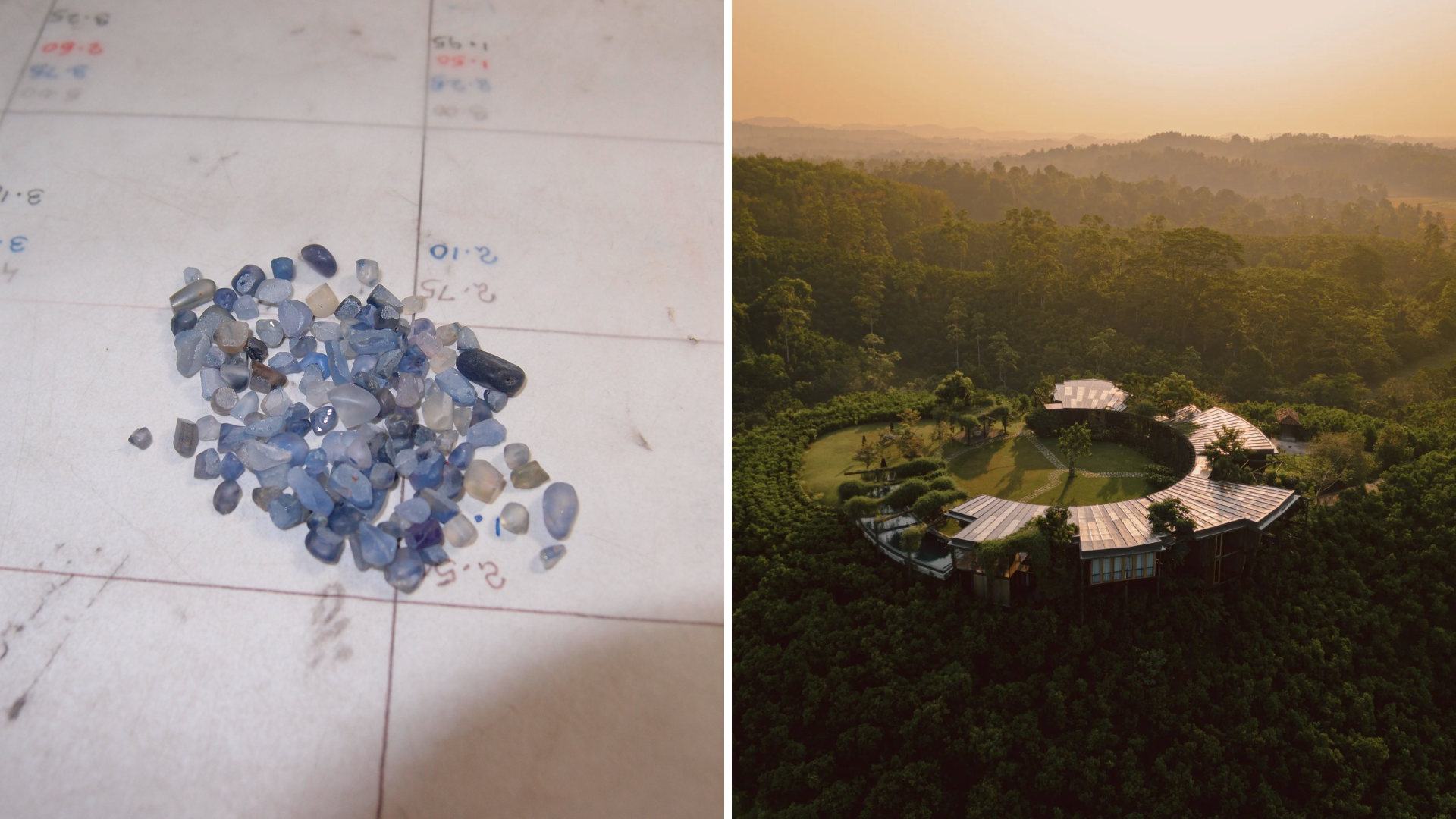 Love jewellery? Now you can book a holiday to source rare gemstones
Love jewellery? Now you can book a holiday to source rare gemstonesHardy & Diamond, Gemstone Journeys debuts in Sri Lanka in April 2026, granting travellers access to the island’s artisanal gemstone mines, as well as the opportunity to source their perfect stone
-
 Arbour House is a north London home that lies low but punches high
Arbour House is a north London home that lies low but punches highArbour House by Andrei Saltykov is a low-lying Crouch End home with a striking roof structure that sets it apart
-
 In addition to brutalist buildings, Alison Smithson designed some of the most creative Christmas cards we've seen
In addition to brutalist buildings, Alison Smithson designed some of the most creative Christmas cards we've seenThe architect’s collection of season’s greetings is on show at the Roca London Gallery, just in time for the holidays
-
 The Architecture Edit: Wallpaper’s houses of the month
The Architecture Edit: Wallpaper’s houses of the monthFrom wineries-turned-music studios to fire-resistant holiday homes, these are the properties that have most impressed the Wallpaper* editors this month
-
 A refreshed 1950s apartment in East London allows for moments of discovery
A refreshed 1950s apartment in East London allows for moments of discoveryWith this 1950s apartment redesign, London-based architects Studio Naama wanted to create a residence which reflects the fun and individual nature of the clients
-
 David Kohn’s first book, ‘Stages’, is unpredictable, experimental and informative
David Kohn’s first book, ‘Stages’, is unpredictable, experimental and informativeThe first book on David Kohn Architects focuses on the work of the award-winning London-based practice; ‘Stages’ is an innovative monograph in 12 parts
-
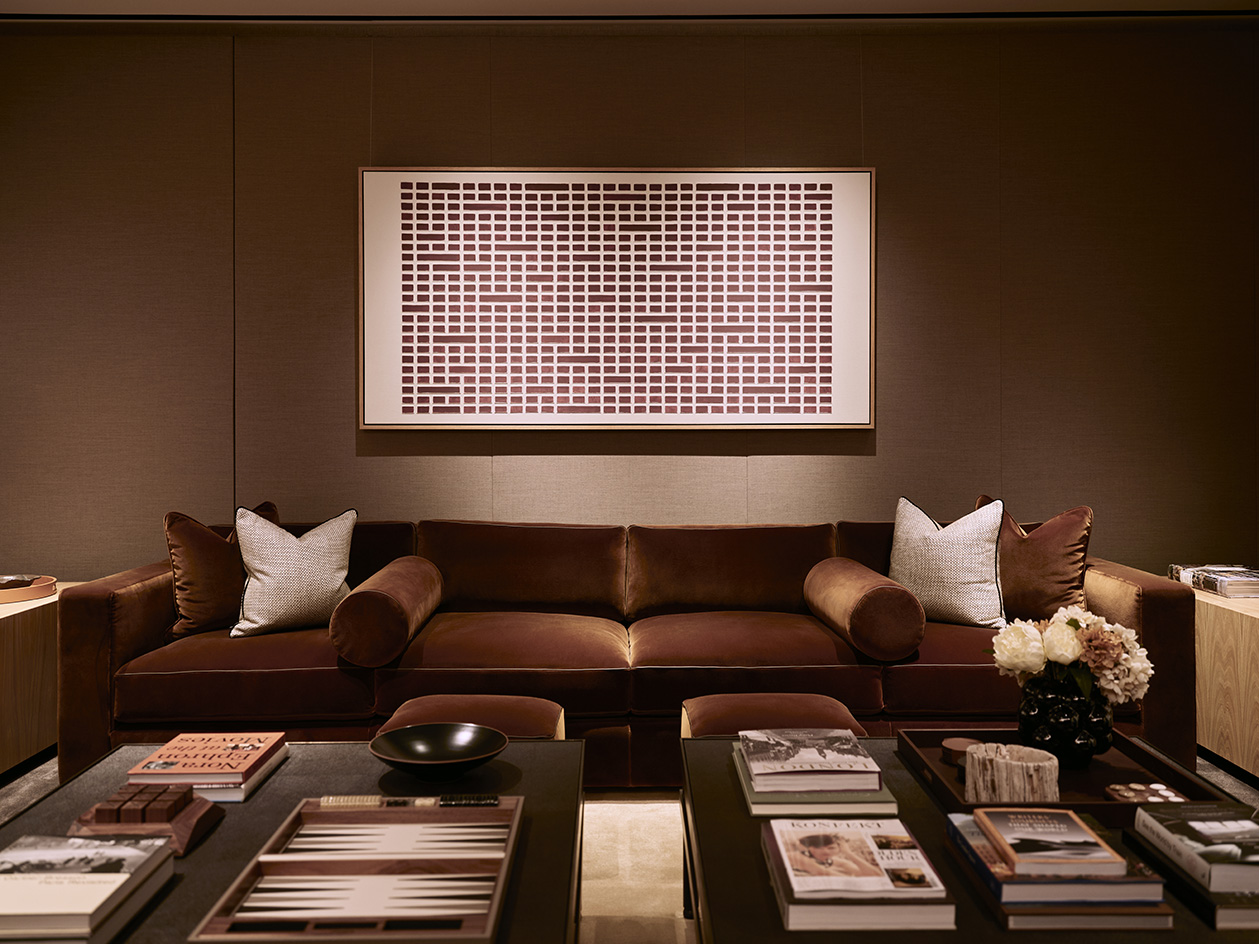 100 George Street is the new kid on the block in fashionable Marylebone
100 George Street is the new kid on the block in fashionable MaryleboneLondon's newest luxury apartment building brings together a sensitive exterior and thoughtful, 21st-century interiors
-
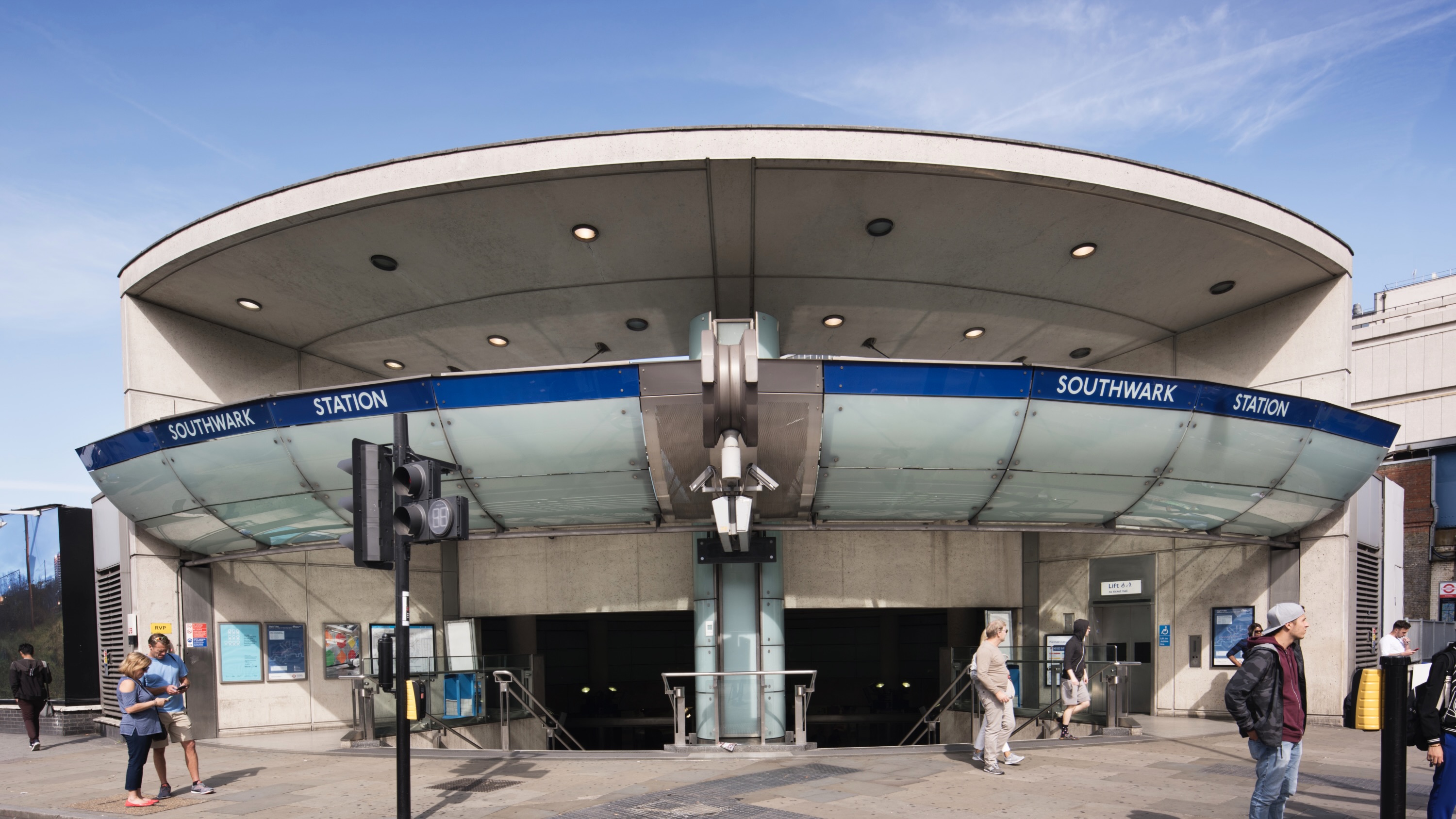 Futuristic-feeling Southwark Tube Station has been granted Grade II-listed status
Futuristic-feeling Southwark Tube Station has been granted Grade II-listed statusCelebrated as an iconic piece of late 20th-century design, the station has been added to England’s National Heritage List
-
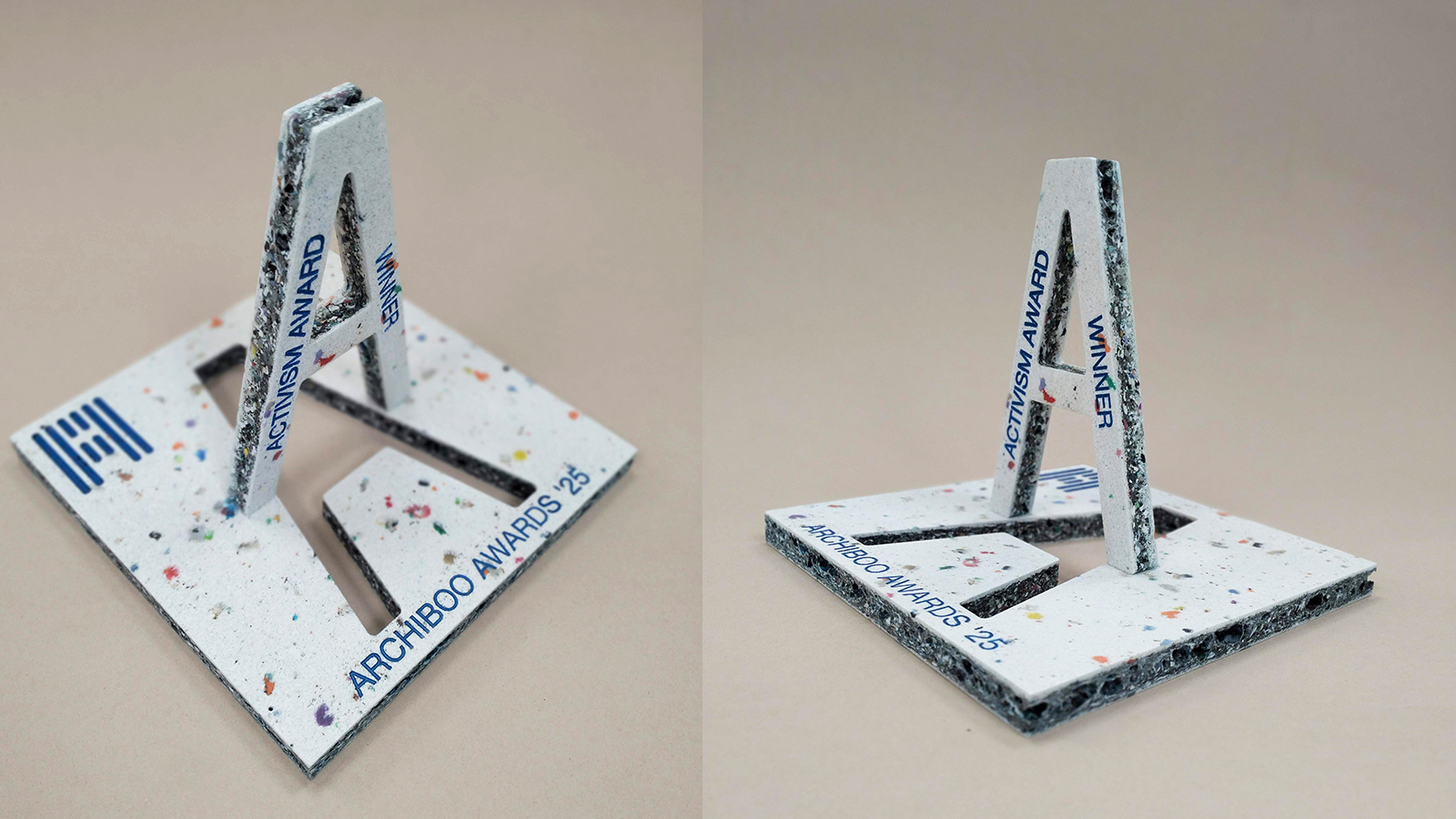 Archiboo Awards 2025 revealed, including prizes for architecture activism and use of AI
Archiboo Awards 2025 revealed, including prizes for architecture activism and use of AIArchiboo Awards 2025 are announced, highlighting Narrative Practice as winners of the Activism in architecture category this year, among several other accolades